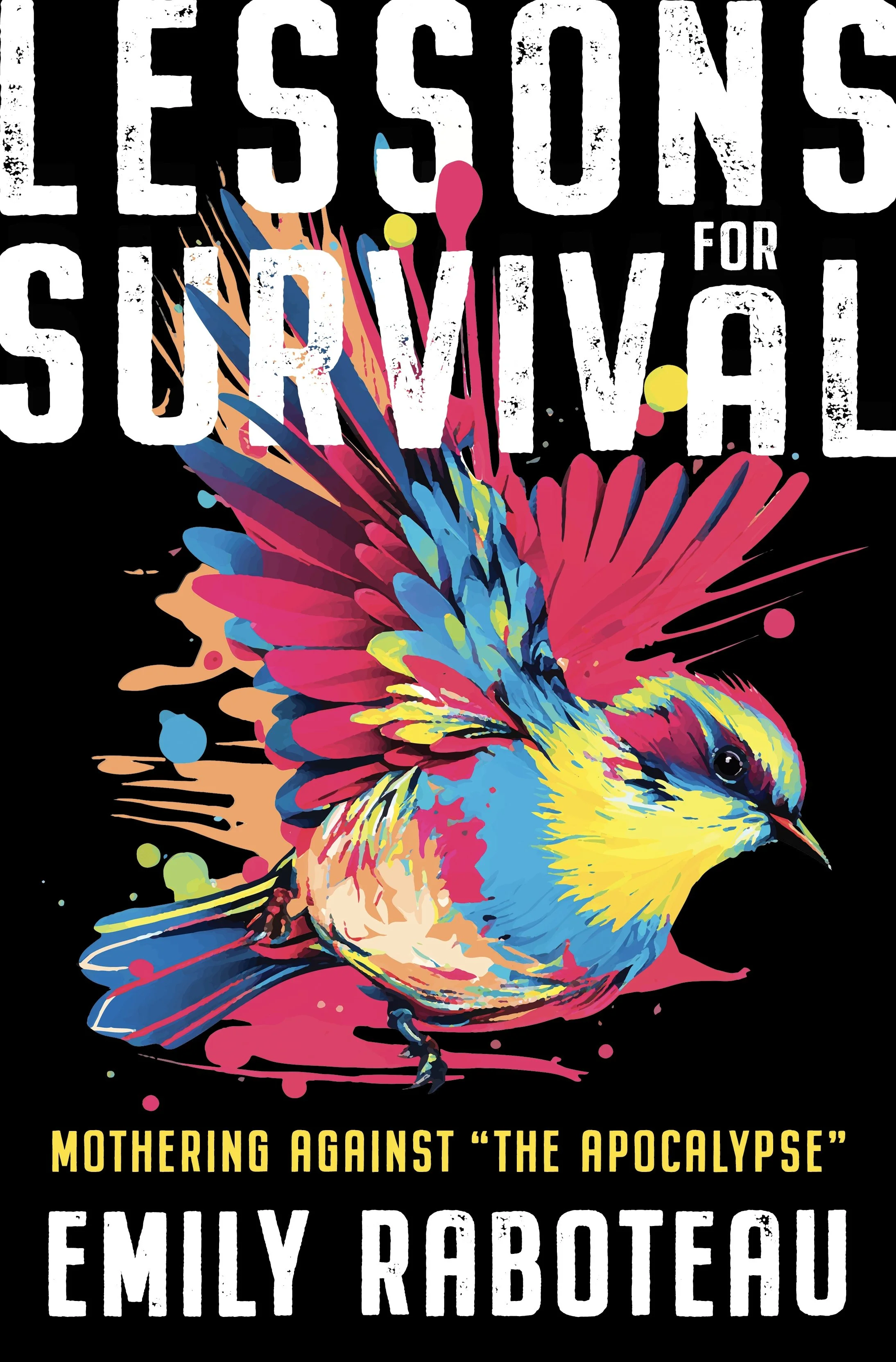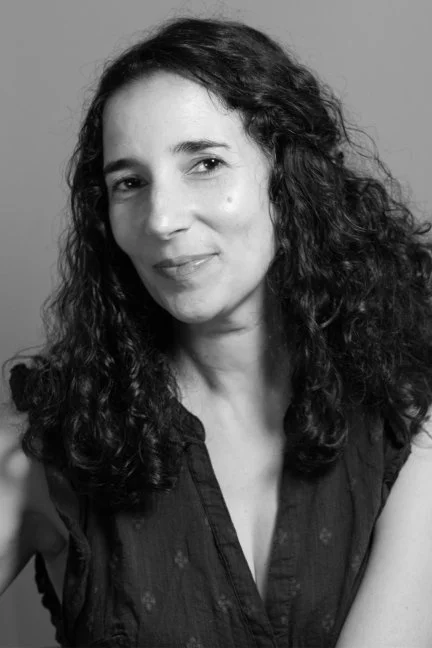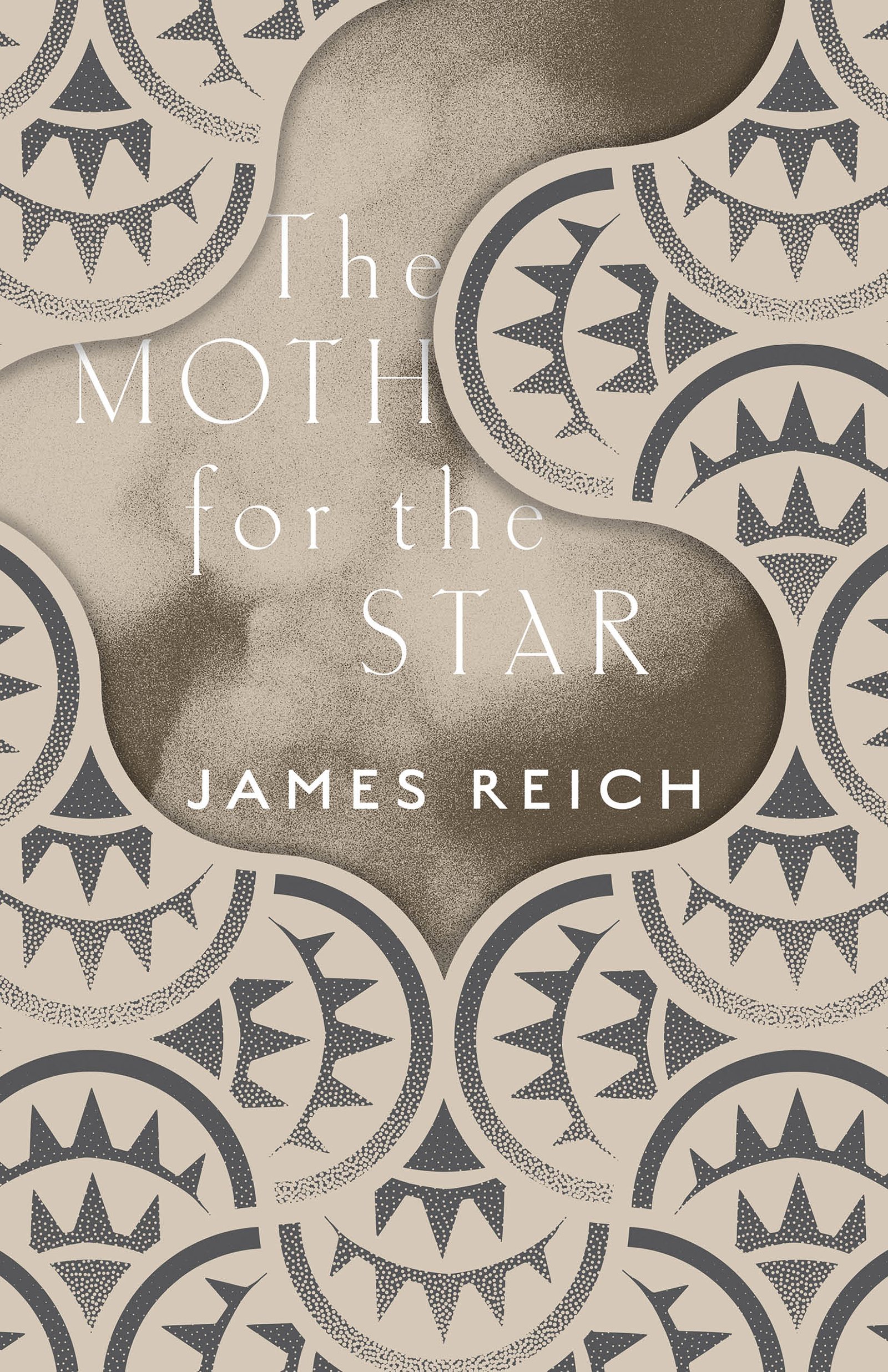Q and A: Emily Raboteau Talks about How to Mother Against the Apocalypse
/Emily Raboteau’s meditative exploration of motherhood in the modern world could not have come to us at a more crucial time. As parents, current and prospective, face the moral question of ‘how do we raise children when the future appears so unstable?’ Raboteau’s Lessons for Survival: Mothering Against “The Apocalypse,” provides a hand to guide us towards collective solutions. Through a mixture of essays and her own street photography, Raboteau tackles what it means to be a mother of Black children in a crisis-filled world.
Raboteau’s astute observations, excellently weave together the issues of today such as the climate crisis, racism, the pandemic, and Israel/Palestine, demonstrating that these are not pieces of a patchwork, but rather one complete tapestry. Whilst Raboteau’s work is semi-biographical, it never feels like she is purely telling her own story. Hers is a beautifully told story of every parent who has had to tell their child about the dangers that come with their blackness, every woman of color who has felt the pain of their ancestors in their own body, and every community that has been forced to evolve under the weight of the pandemic and climate change.
In spite of all of this pain, Raboteau finds solace in urban ecology and indigenous teachings. Her compelling personal narrative inspires hope and activism.
Emily Raboteau discusses hope and sorrow with Edith Matthias for The National Book Review.
Q: Lessons for Survival opens by describing the bird murals that have been painted across the storefronts of New York - why did you begin the book with this idea? How did this become the focal point of the book?
A: Photographing the bird murals in my neighborhood is a pleasurable hobby like birdwatching is for some people. I’m still documenting them because the Audubon Mural Project is an ongoing collaboration between local business owners in upper Manhattan, artists, and the Audubon Society. New birds keep showing up! The species depicted in the murals are expected to be extinct by 2080 if we continue on our current climate trajectory. So, shooting them has also been an act of witness and memorialization. This ongoing practice has helped me think about the climate crisis in intimate ways. I spread my pictures of these birds throughout the book, as a way of tying the essays together visually.
Q: What was the process of collecting the images of the murals like? You later mention in the book that the activity “balanced your sorrow.” Did you anticipate it becoming a form of therapy when you started the project?
A: I’m a street photographer as well as a writer. I think of photos in this book, including those of murals, as a crucial part of the storytelling. Taking pictures helped me take on the project’s difficult themes (including racial injustice, the climate crisis, settler colonialism, and the pandemic) by propelling me out of despair, out of my writing chair, getting me to walk outdoors, stopping me from doom scrolling on my phone, helping me to interact with my community, and to pay attention despite living in an age of “poly-crisis.”
Q: You delve into the realization that much of the pain and distress of recent times manifested as a physical burden for you and many other Black women. How do you believe modern culture can begin to recognize the toll that stress, trauma, and oppression take on the physical body?
A: My culture already recognizes it as intergenerational trauma, but our national social systems, including the medical system, aren’t addressing it adequately. I’m in a group called Council for the Uncertain Human Future. It’s led by a moral philosopher and a Buddhist. A few months ago, I was complaining about the physical toll of the polycrisis and one of them recommended I read Rest Is Resistance: A Manifesto by Tricia Hersey, founder of the Nap Ministry. The author convincingly argues that we (Black women especially) need to rest and that saying no to unnecessary labor in a capitalist framework of work, work, work, is a political act. For some of us, that’s easier said than done, but I’m trying to put it into practice!
Q: Your ability to entwine many of issues of the modern world into one narrative is exceptional - so often issues like the climate crisis, racism, and worrying politics have appeared to exist on different planes, but you manage to recalibrate these issues to be on the same level. What did you read, and what research did you do in preparation for Lessons for Survival that aided in your ability to link these issues?
A: Thanks for saying that. I managed it by looking at all these problems through the lens of motherhood. Quite simply, I want our kids to live. ALL our kids. Not merely to survive, but to thrive. I abide by these words from James Baldwin: “The children are always ours, every single one of them, all over the globe; and I am beginning to suspect that whoever is incapable of recognizing this may be incapable of morality.” Some of the books that influenced me as I wrote and researched the essays that make up Lessons for Survival were Amitav Ghosh’s The Great Derangement, Elizabeth Kolbert’s The Sixth Extinction, Roy Scranton’s Learning to Die in the Anthropocene, Elizabeth Rush’s Rising, David Wallace-Wells’s The Uninhabitable Earth, and Robin Wall Kimmerer’s Braiding Sweetgrass. I also teach from these texts in a climate writing course at the City College of New York, in Harlem.
Q: One of the moments that I found most poignant in the book is the chapter titled ‘It was Already Tomorrow’ - I noticed that as the months progressed, the number of entries increased, potentially marking the intensifying effects of climate change. Was this a purposeful pattern, or was it unplanned?
A: I didn’t plan it. I started that section, which I think of as a global chorus and a diary, in January of 2019. I made a New Year’s resolution to document what people in my social network, both online and in-person, were saying about the climate crisis – how it was affecting them in their local habitats and in their bodies. You’re right, as we got into the summer and fall, the entries became more frequent and dramatic. I think that happened for two reasons. First, I was getting better at the practice of consistent listening and recording. And second, there are more weather events in those seasons (in this hemisphere) – more fires in the summer, and more hurricanes in hurricane season as we move into the fall.
Q: As a mother and a teacher, how do you think your generation can help the next find hope in such a seemingly hopeless environment? What responsibility do you think your generation has in fighting this existential crisis on an ideological level?
A: I don’t think we’re living in a hopeless environment. As a mother, teacher, and person whose ancestors survived every attempt to snuff them out in a system that puts profit above human life, my first responsibility is to honor my ancestors by not giving up. As the writer and activist Mary Annaïse Heglar has said, climate change ain’t the first existential threat. Our generation has been described as the last generation that can stop climate change from tipping into worst-case scenarios. That’s a lot of responsibility. Ideologically, I feel we need to move away from the framework of capitalism and toward eco-socialism.
Q: In your opinion, does Lessons for Survival effectively convey the urgency of the issues discussed without exacerbating fear and discouraging action by making the issues seem apocalyptic?
A: My friend, the novelist Ayana Mathis, who is in seminary school, just reminded me that in Greek, the word apocalypse means “unveiling.” We tend to think of an apocalypse as the end times, rife with biblical imagery of fire, brimstone, floods, and swarms of locusts. But what if we understand it to be a revelatory experience of awakening to things as they really are? What actions should we take when the scales are wiped from our eyes? I worked hard in the book to land on a feeling of hope at the end of each essay. I put “the apocalypse” in quotes in the subtitle because I didn’t want to suggest that our future is foreclosed, or that there isn’t amazing action being taken, or that historically resilient peoples haven’t lived through existential threats before us and survived. That said, I think people should be fearful, and act because they are afraid.
Q: Has the recent escalation of the crisis in Palestine caused you to reflect on your chapter ‘Mother of All Good Things’ in which you discuss the occupation of Palestine? How has your understanding of Palestine changed in the last 5 months?
A: I traveled to the West Bank to report on inequitable power vis-a-vis access to clean water and electricity between Israeli settlers and Palestinians. This was on the occasion of the fiftieth anniversary of the Israeli occupation. It was my first piece of explicitly environmental writing, but I was also drawing connections between the liberation struggles of Palestinians and Black Americans. Though I was appalled by the daily violence I witnessed, I didn’t anticipate a war and genocide of this scale, nor the inability of the larger world to influence a ceasefire. It’s heartbreaking. I grew up in the eighties. One of my formative geopolitical memories is participating in Hands-Across-America while listening to “We are the World.” It feels like we’re so far from that time of international humanitarian optimism and community action. I hope that this essay might give readers some context to understand the decades of conflict leading up to this moment.
Q: I finally got around to reading Braiding Sweetgrass by Robin Wall Kimmerer. At the same time that I was reading the final chapter of your book ‘The Dream House and the Pond,’ I read the chapter in which Kimmerer discusses her process of rejuvenating the pond in her garden. What does it mean that both you, a Black female author and Kimmerer an Indigenous female author chose to focus on your ponds? Why was this your final chapter?
A: I’m very influenced by Kimmerer’s work. In her cosmology, we are in kinship with the nonhuman world. Birds are our kin. Trees are our kin. We are part of a web of life. Even the pond has a spirit. Initially, I saw the pond in front of my house as a nuisance. It gathers in the street every time it rains. I thought of it as something to be fixed. Then I learned this pond is the remnant of a buried stream and that we live on backfilled wetlands. I came to understand, thanks to people like Kimmerer, that the pond is not the problem. In fact, my way of thinking about the land and my ownership of it is the problem. The pond is my teacher. I wanted to end the book by reflecting on this revelation, by asking what it means to dwell alongside it and consider what it is calling me to do.
Q: Personally, what is your balm to soothe all of this trauma? Where do you find hope?
A: I am soothed by watching children play, gardening, teaching, reading ancient Persian poets, engaging with activism on a local level, walking in New York City, and learning the names of birds.











